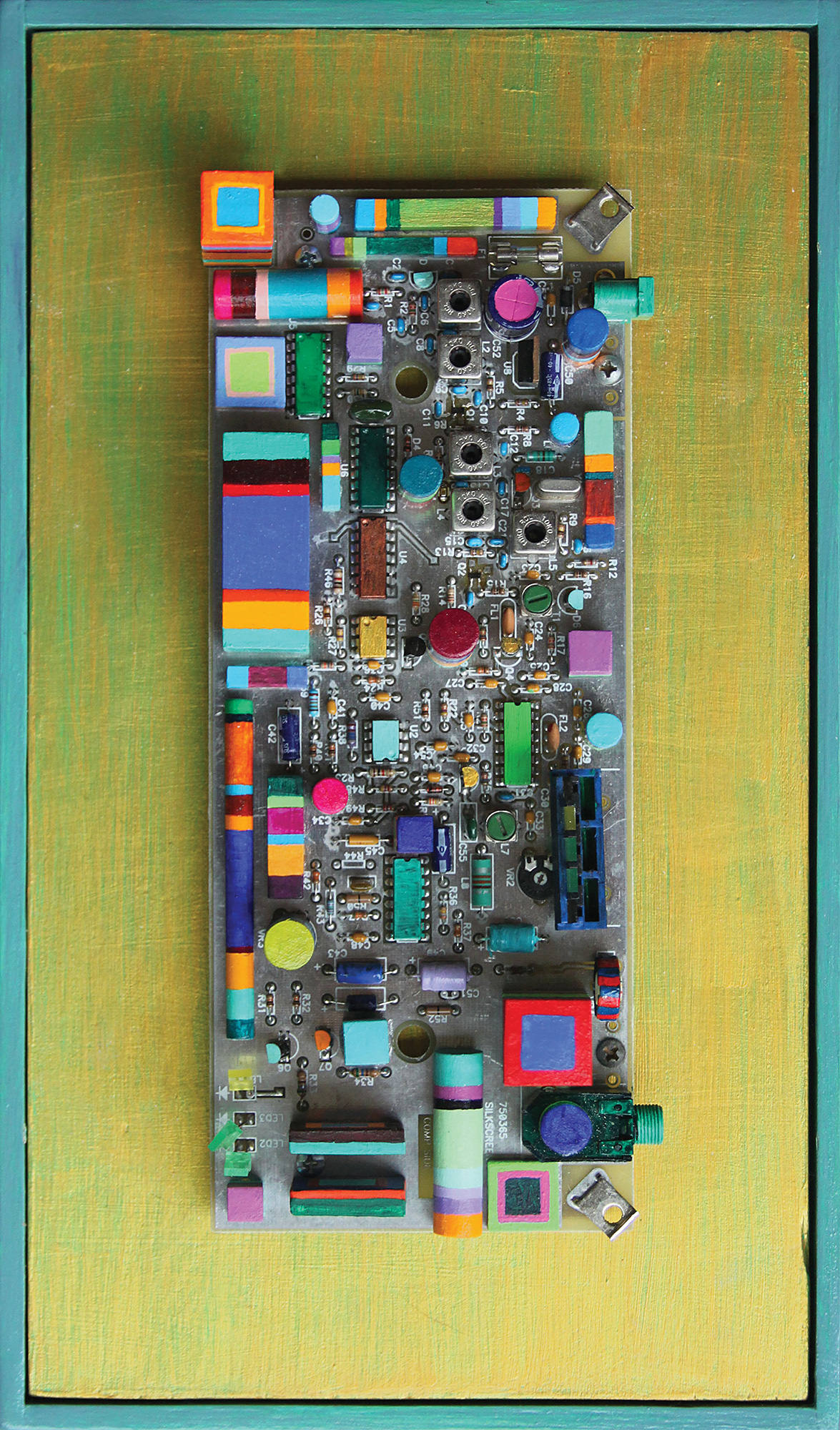Through my (now Virtual) Recording Workshops, I've spent a lot of time advising home recordists on how to track and mix for better results. One of the equipment choices I urge is to have an actual, physical compressor to track into. At the mixing stage, the difference (for me) between vocals captured through a small amount of dynamic reduction versus none at all is tangible, and makes a huge difference in the end results. The same goes for bass guitars, lead instruments, violins, drum room mics, and so much more. But many of these folks don't have a lot of experience in setting compression, nor do they have thousands of dollars to toss around.
When I was sent this 2-channel, single-space rack mount compressor I had no idea of the price point or the intended end user. I racked it up in our special "guest patch" and started making records. I'd patch a channel on acoustic guitar, a guitar amp, or a DI'd bass track and it always worked fine. I began to mess with it more, and I realized how versatile it could be. For two channels under $1400, this is still pro-quality while offering some simple controls. By skipping transformers (at $500 extra there's also the Comp IIT with Jensen transformers), using a wall wart for power, and featuring Geoff Daking's [Tape Op #35] sonic sense with Dave Thibodeau's elegant circuit designs, the sound remains excellent and the price favorable.
There's always something to be said about studio tools with simple controls. A compressor like this, with two knobs, means one can get settings quickly, and with a single glance we can see where it's set from across the room. How much compression do you want? The Compression knob says "Less" or "More", so dial it in 'til you see the gain reduction VU meter (analog metering!) dipping a little bit. Then adjust the Output makeup gain to feed your recorder, and you're set. Each channel has four buttons: Release is Fast or Auto – I usually picked Fast for tracking. Attack has Slow or Fast – Fast could grab a snare hit, so can be handy! Ratio has Comp or Limit – you can get some nice crunchy drum bus action with the limiter setting; I was so glad it had this feature. Bypass seems to be true bypass, which also helps in setting preamp levels for the novice. (Start in bypass, set preamp, undo bypass and set compressor). Also, there are switches for stereo link and metering (reduction or output) which is all useful. I set the Comp II up as a mix bus compressor and was easily able to add some glue and excitement to an in the box mix with the stereo link and Auto release engaged.
It was hard to make this compressor sound bad. This is a good thing. A lot of recording equipment has been veering towards giving us "more control" via the front panel, and I'm not always sure that is the smartest approach. A beginning recordist has no reference point in understanding how they are setting the gear, and a professional is busy and needs clear, simple results right out the gate.
Reservations? The lighted switch LEDs in this unit are so bright it's hard to read the front panel markings. I had it at eye level and would have to put console tape over the switches when engaged. Also, the Output knob goes from infinite reduction (off, duh) to +11, but with no marking or indent for unity, though in actual use this was never an issue.
Comp II delivers results and will make your recordings and mixes sound better. There's a fair amount of "wow, listen to that tone" niche compressors out there, but I'd gladly recommend the workhorse centric Comp II, regardless of cost.




_disp_horizontal_bw.jpg)